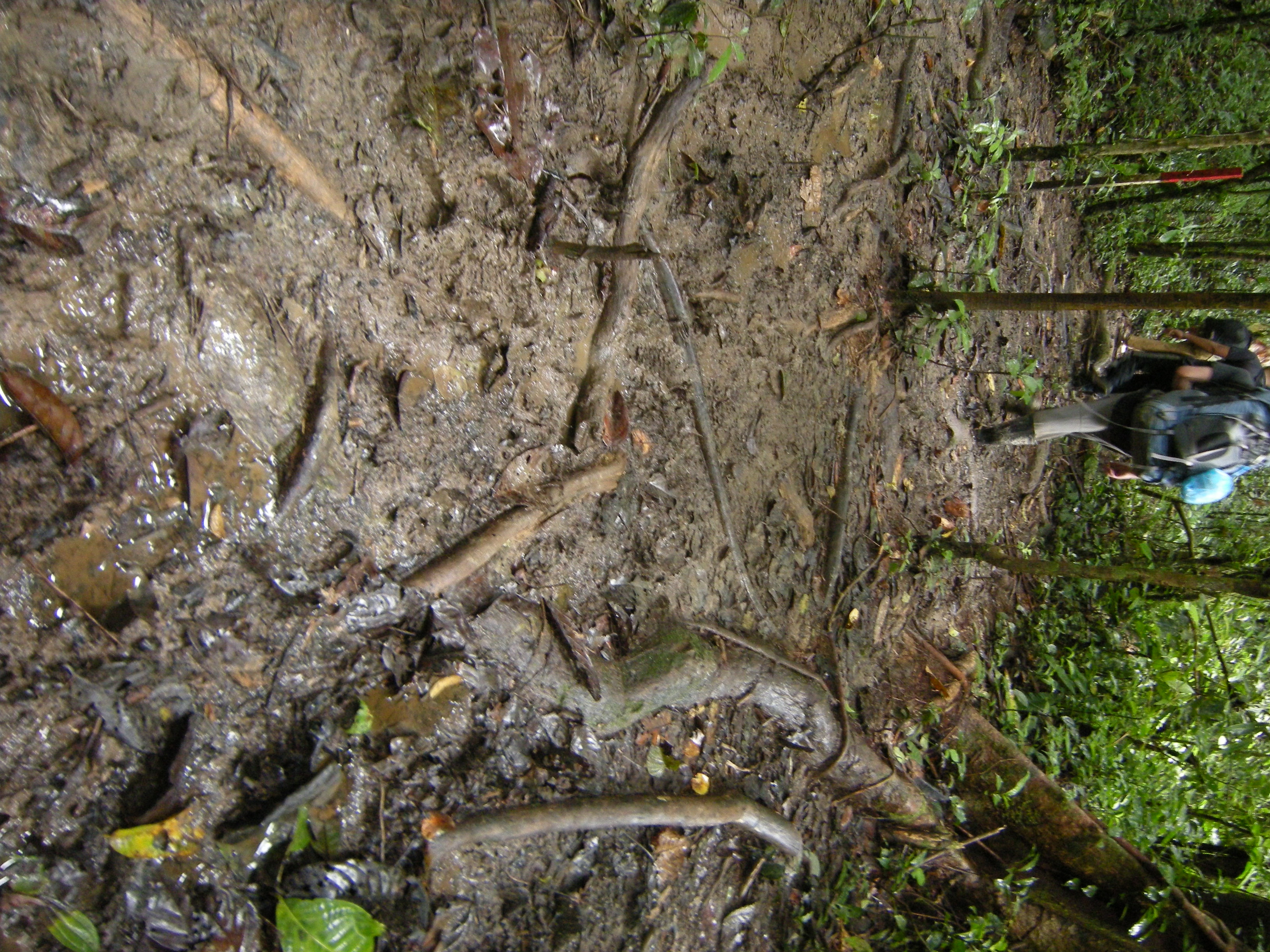

The ST significantly (P < 0.01) decreased BD and PR within 30 cm of soil surface.

The NT and RT resulted higher BD and PR, and lower MaP and TP than CT and ST in all three depths, though the values were generally not limiting for crop growth. The ST decreased MWD of surface soil compared to NT by 7.2%, while MWD under ST was higher than NT by 78.0% and 103.6% for 10-20 and 20-30 cm depths, respectively.

Soil samples were analyzed for aggregate stability (AS), mean weight diameter (MWD), bulk density (BD), water filled pore space (WFPS), water content at field capacity (FC), permanent wilting point (PWP), available water content (PAW), micropores (MiP), macropores (MaP), total por-osity (TP), and penetration resistance (PR). L.)-grain maize (Zea mays L.)-winter wheat. The crop rotation at the experimental areas was winter wheat (Triticum aestivum L.), soybean (Glycine max. Soil samples were collected from disturbed and undisturbed plots of NT as well as plots under other tillage systems from three soil depths (i.e., 0-10, 10-20 and 20-30 cm) in November 2016. Nine-year old undisturbed no-till plots were divided into two categories and half of these plots were plowed by a moldboard plow in November 2015, and this practice was defined as strategic tillage (ST), while remaining half of the plots left undisturbed. The tillage systems investigated included two conventional (CT-1 and CT-2), three reduced (RT-1, RT-2 and RT-3) and two no-till (NT and ST), including strategic/occasional tillage. A long-term (ten years) field experiment was established in 2006 in the Çukurova region of Turkey to evaluate the impact of tillage on the physical properties of a soil under a Mediterranean climate. Long-term no-till or reduced tillage may decline functioning ability of soils due to surface/subsurface com-paction and/or stratification of plant nutrients.


 0 kommentar(er)
0 kommentar(er)
